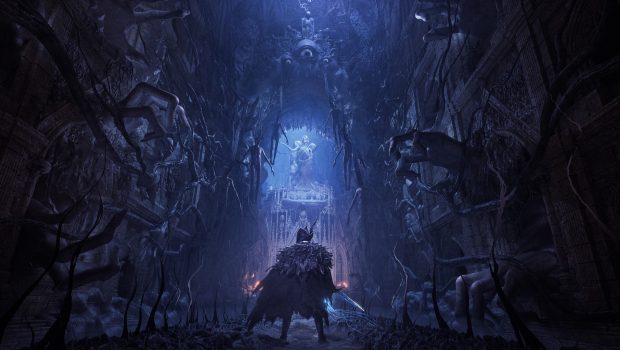Lords of the Fallen PS5 Review – Umbral Odyssey
Summary: An ambitious action RPG with a unique two-world gameplay system and fun combat let down by a quagmire of ongoing technical issues.
3.6
Umbral Odyssey
Lords of the Fallen is one of several Souls-like games to follow in the footsteps of 2022’s Elden Ring, a behemoth of a game that took the popular sub-genre into all new open-world territory. It’s a hard, unenviable act to follow, especially when your game is a follow-up to a largely forgotten title from 2014 (with the same name, no less) which didn’t exactly light the world on fire.
To my surprise and delight, however, Lords of the Fallen 2023 does more than just offer up a competent action role-playing game (RPG) experience inspired by the greats – it provides its own unique world, gameplay mechanics and cutting-edge game engine that helps it carve out an identity in an increasingly crowded sub-genre.
If only its many persistent technical faults didn’t hamper its admirable ambition.
Lords of the Fallen’s story starts off fairly standard-fare, with an opening cinematic cutscene evoking a dark medieval fantasy world teetering on the edge against an unstoppable force. The demon god Adyr (potentially the same one defeated 1,000 years ago during the original 2014 game), returns to wreak havoc upon the world, this time in the brand new setting of Mournstead.
A religious order named the Church of Orian Radiance and their elite military guard the Dark Crusaders are fighting back, as are the Hallowed Knights and other Mournstead militia. Amidst the chaos, you take the mantle of a Lampbearer, capable of seeing into the world of the undead, and the Church tasks you with lighting five beacons across the war-torn land to stop Adyr.
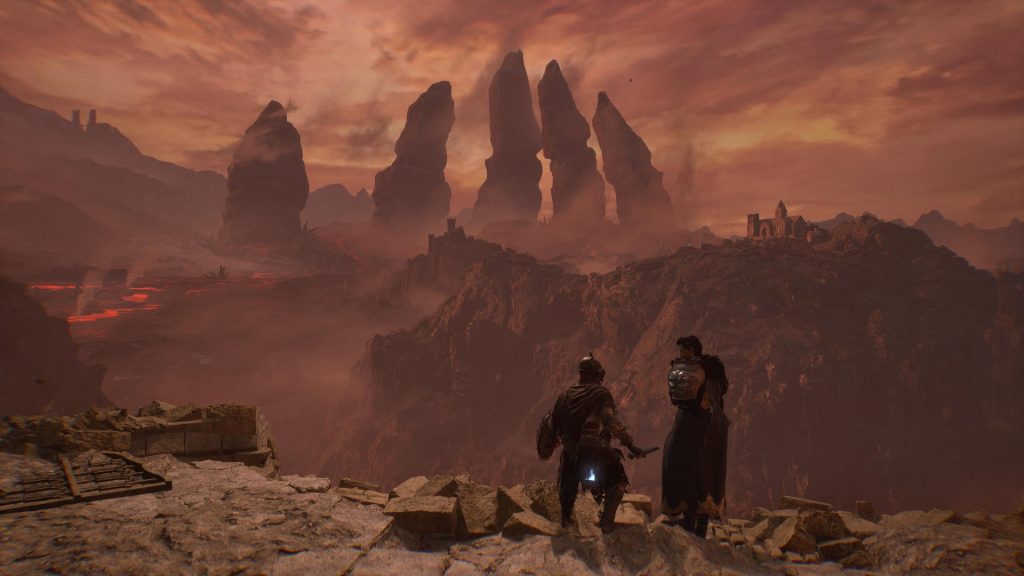
The background lore, setting and NPCs are genuinely interesting, if a little safe given the market has seen 10 years worth of grimdark medieval fantasy RPGs inspired by Souls. After the opening cinematic cutscene, most major plot developments are conveyed through short interactions with area bosses and friendly allies, who offer the same vague and dreamy sort of dialogue as many other games in the genre, with lots of double meanings and ominous threats that those who love Souls may appreciate. A unique mechanic are the ethereal memories that can be reconstructed using the Lampbearer’s power, offering tantalizing glimpses at how civilians and the church reacted to Adyr’s invasion, and hints at a deeper conflict between the Church and the non-believers of Mournstead. After a lot of exploration, I feel developer Hexworks makes a better effort than most, and the narrative is definitely superior to the original 2014 Lords of the Fallen, sticking to its dismal and deathly tone with far more consistency and conviction.
Seeing that this is an RPG, yes, you can fully customize your character’s name, appearance, class (which acts as background) and attributes to specialise in several fighting styles (strength, agility, vitality, endurance, radiance, inferno, etc). I found the appearance options to be disappointingly same-ey, but the classes on offer are visually and mechanically interesting, from the Hallowed Knight in classic bulky armour with a sword-and-board focus to the Exiled Stalker’s emphasis on swift attacks but low physical strength. As is tradition, I jumped in as a Condemned prisoner with zero pre-specialisation to punish myself during the review period, and I was not disappointed in the challenge on offer. The action-RPG gameplay is familiar to anyone who has played a Souls-like game before, with tough-as-nails enemy encounters, lots of weapons and armour variety to accommodate a range of playstyles, and the punishing mechanic of losing all your earned XP/currency upon death, with only one more chance to retrieve it before it’s lost.
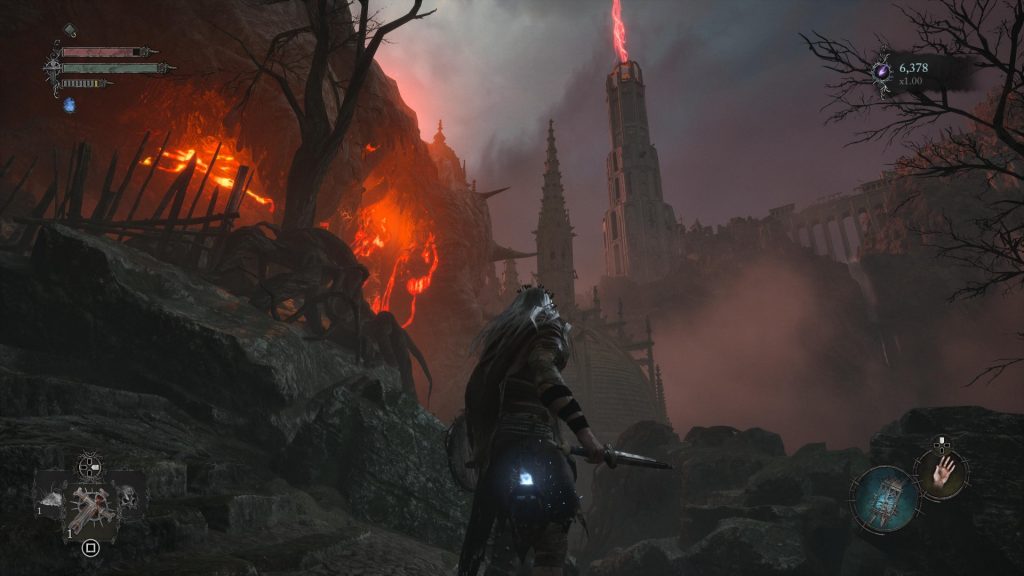
Each explorable locale, from crumbling ruins of churches to fetid swamps to underground mines and volcanic towers, offers many alternate or hidden paths with additional enemy encounters, culminating in a boss which must be defeated to proceed. And to my delight, many of these bosses were challenging, visually interesting and rewarded carefully planning vs button mashing. In terms of game balance though, certain enemy encounters and bosses do feel a little under-tuned, with large amounts of mobs making progression harder than it should be, though I was always able to proceed with a little grinding and some luck with a co-op partner (or five).
The most unique hook of Lords of the Fallen, both narratively and in gameplay, is its two-worlds system. As you journey through the living world of Axiom, you can catch a glimpse of Umbral, the realm of the dead, by shining your magical lantern upon the land – and even traverse into it. Axiom and Umbral share the same physical space, and the developers use this concept to create an impressively interconnected world, layered with several alternate pathways, nooks and realm-exclusive areas to incentivise switching between the two worlds regularly to not only progress, but find secrets and loot.
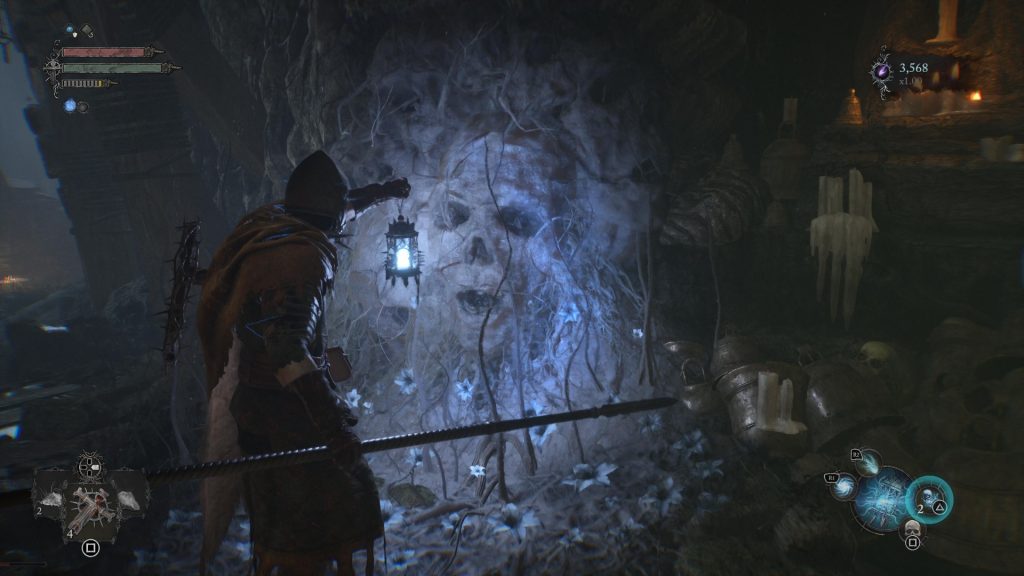
Switching between Axiom and Umbral on-the-fly is, as one can imagine, very immersive. Visually the Umbral realm is awe-inspiring and terrifying all at once, full of ghastly alien-looking beings, flora and fauna. Huge demonic eyes stare back at you in key areas, and some environmental obstacles can only be bypassed by diving into the Umbral world, using your lantern at points to manipulate what appears to be living creatures acting as switches and gates. It’s an ambitious gameplay mechanic that perfectly aligns with the grimdark setting, thematically and visually, and sets Lords of the Fallen apart from its contemporaries and inspirations in the Souls sub-genre.
Of course, entering the realm of the dead comes at a cost; part of your health bar is lowered into a ‘withered’ state, which forces you to successfully land blows on enemies to replenish it, and several undead enemies spawn throughout the map in progressively larger numbers the longer you stay in Umbral (filling up a bar called the Umbral Dread), culminating in scary apex predators like the Bringer of Stillness and Scarlet Shadow to hunt you down and ruin your plans. You also forcibly enter the Umbral realm if you die in Axiom, and to travel back, you must reach a vestige. It can sometimes be harder than it should be, when you throw in multiplayer invaders in the mix!
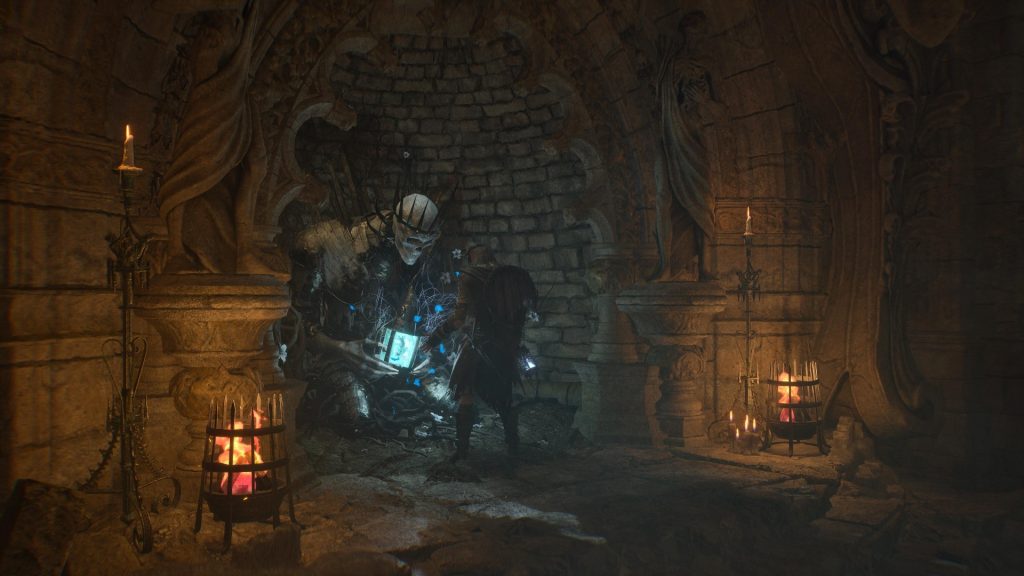
Which leads into another key strength of the game in the form of multiplayer. Like the Souls series that inspired it, Lords of the Fallen employs an optional online multiplayer experience, with co-operative and player-versus-player (PvP) options which can be accessed and activated seamlessly while at a vestige. You can play through the main campaign of the game with one other invited player to navigate the map and defeat each major area boss, as well as match-make (summon or enlist yourself) with random players to help them, and fight hostile challengers who invade your world (you can also invite them willingly).
As always, the host controls the progression of the campaign and world loot, but otherwise it’s proven to be a rewarding and seamless experience during my review period, particularly when a challenging boss had me stumped (you can also summon NPC allies for certain boss fights, but they suck). Beating an unexpected hostile invader into submission with a superior build also never gets old.
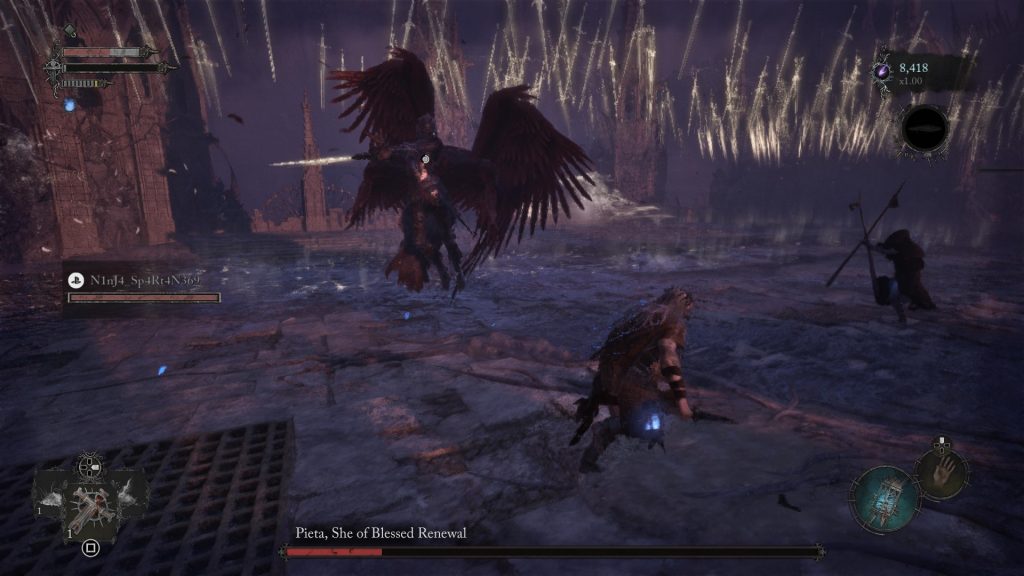
In terms of visuals, Lords of the Fallen excels in its unique medieval grimdark art and world design. Axiom may be close to your standard-fare ruined dark fantasy world (complete with impossibly large but incredibly awesome armour and weapon designs), but the murky, alien-like aesthetic of the decaying Umbral is incredibly interesting and different enough from its closest competitors, especially with how seamless the game handles the realm transitions. The same unfortunately can’t be said for the player character model or NPC models, with doll-like, ugly faces that lack the usual lip-syncing and fidelity many come to expect.
Where the game is seriously let down is in its several persistent technical issues. Playing on PlayStation 5, it suffers from incessant frame-rate stuttering, pop-in, and strange artifacts around certain in-game armor items (more visible depending on your distance from the camera). Pre-launch, I experienced game audio not working entirely (that was a hilarious few days), enemies getting stuck in certain areas of the map, invisible barriers, and other gameplay oddities. Some of these issues have been fixed or lessened by frequent pre and post-launch patches, but there’s no getting around it – the game still can’t maintain a stable FPS well after official launch, particularly when many enemies are on-screen or online multiplayer is in effect. It’s truly awful, dipping into the low 30’s at times and stuttering like mad during key combat scenarios such even cutscenes (it feels like every boss cutscene stutters upon each scene transition), and I can see why other critics, such as ImpulseGamer’s Ali Arkani (see his review on the PC version of LotF), found the experience to be compromised by these technical glitches.
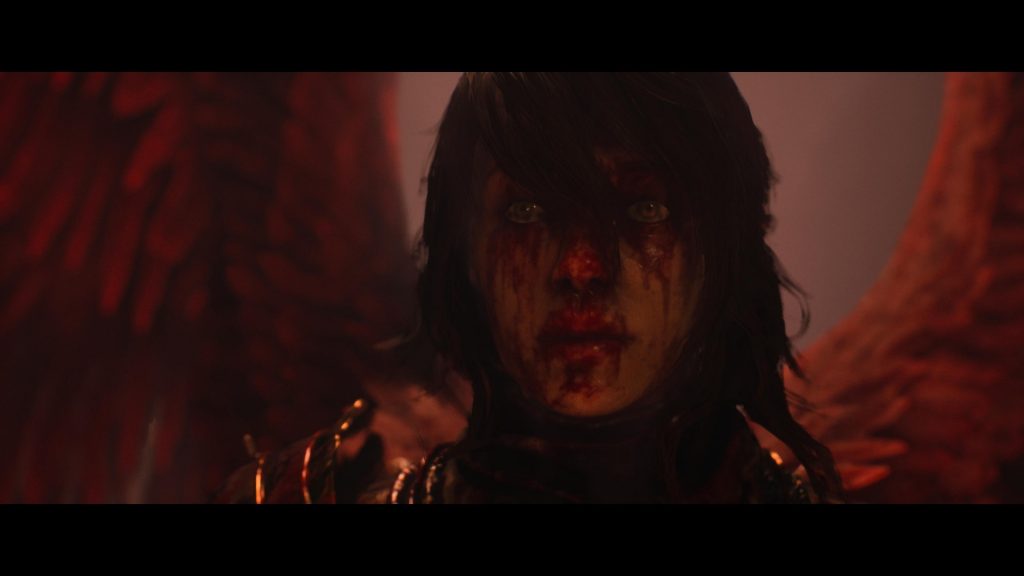
Perhaps the abundance of these bugs and performance challenges lies in the game’s ambition as a current-gen only title running on Unreal Engine 5, complete with its taxing Lumen, Nanite and Chaos systems for enhanced illumination, rendering and physics. Indeed, the detail is there; the lighting is immersive, environmental textures are generally excellent, and the way animations and materials such as cloth react to movement look and feel fluid. To accommodate such systems, the game utilizes AMD’s FSR upscaling tech to offer two distinct graphics options on consoles: Quality and Performance Mode. The former plays at 30FPS but reaches upwards of 1440p upscaled, while the latter plays at 60FPS, but at a much less ambitious 1080p upscaled (often looking closer to just HD).
I played on Performance Mode and found that while I appreciated the smoother motion, the image quality (IQ) is far too soft, and visuals really take a hit the closer you examine the character models (particularly faces) and the world. Hexworks deserve props for putting in the work to offer a Performance mode with such an ambitious package, but with FPS drops so common, and if you’re picky about image quality, Lords of the Fallen on console may not live up to expectations – its PC version would be the better option.
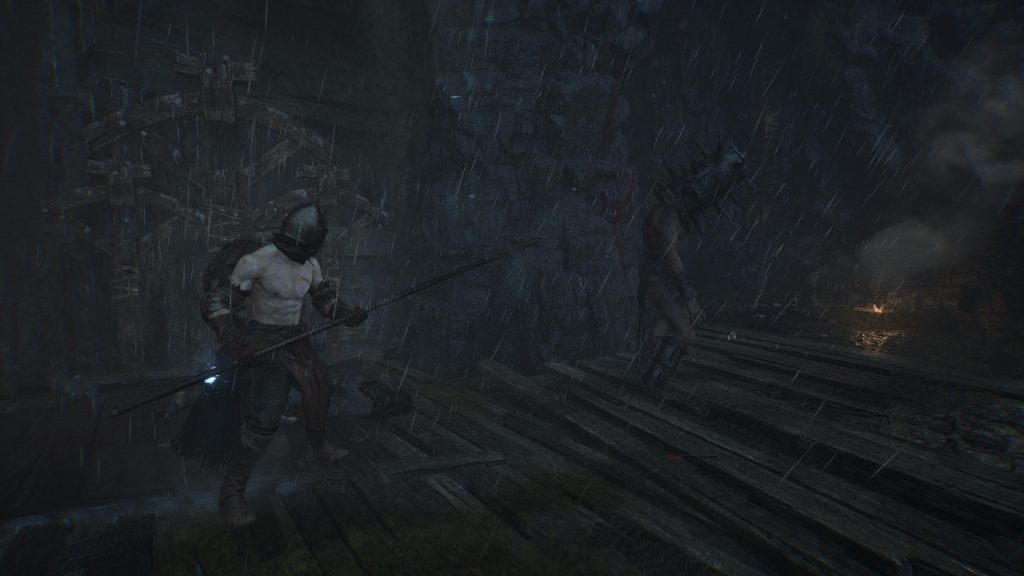
The Final Verdict
As someone who has reviewed nearly all previous From Software games, I really like Lords of the Fallen. Its two-worlds mechanic, grimdark narrative and challenging RPG combat systems feels distinct rather than derivative, and a lot of love has clearly been put into the lore, characters, classes and many weapon and armour options available to experiment with. On a gameplay level, it’s fun, immersive, and genuinely interesting, owing to its Axiom/Umbral realm hopping.
However, there’s no getting around the sub-par technical aspects of the package that make the experience feel far from next-gen on PlayStation 5 and Xbox Series X consoles (and PC either), even with a cutting-edge game engine and diverse art-style. If you can look past these graphical and performance short-comings, Lords of the Fallen is an enjoyable single-player and co-op RPG experience for both hardcore Souls fans and newcomers to the sub-genre.
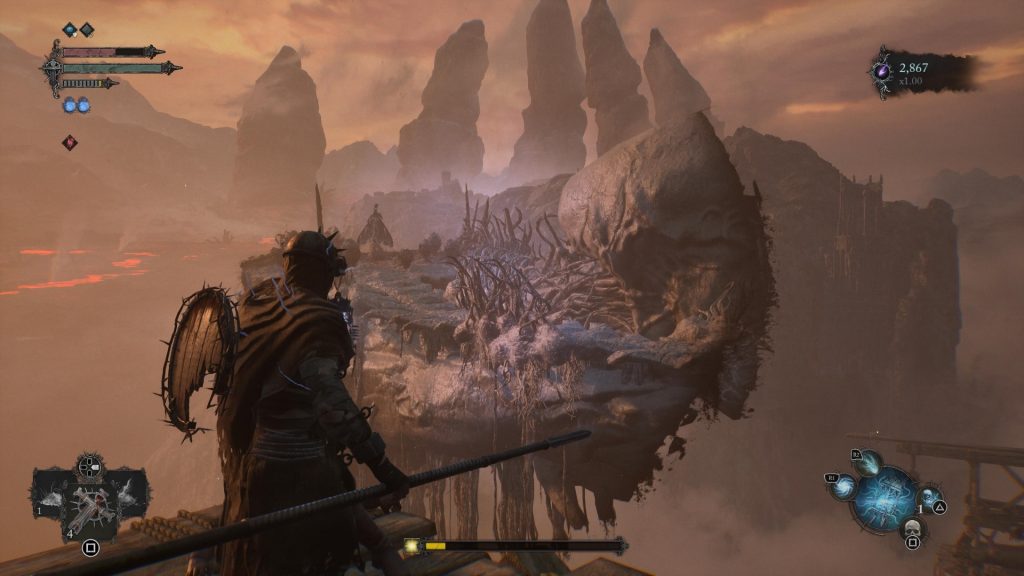
Game Details
Primary Format – Games – Microsoft Windows, PlayStation 5, Xbox Series X | S
Game Genre – Action role-playing game (RPG)
Rating – MA15+
Game Developer – Hexworks
Game Publisher – CI Games


